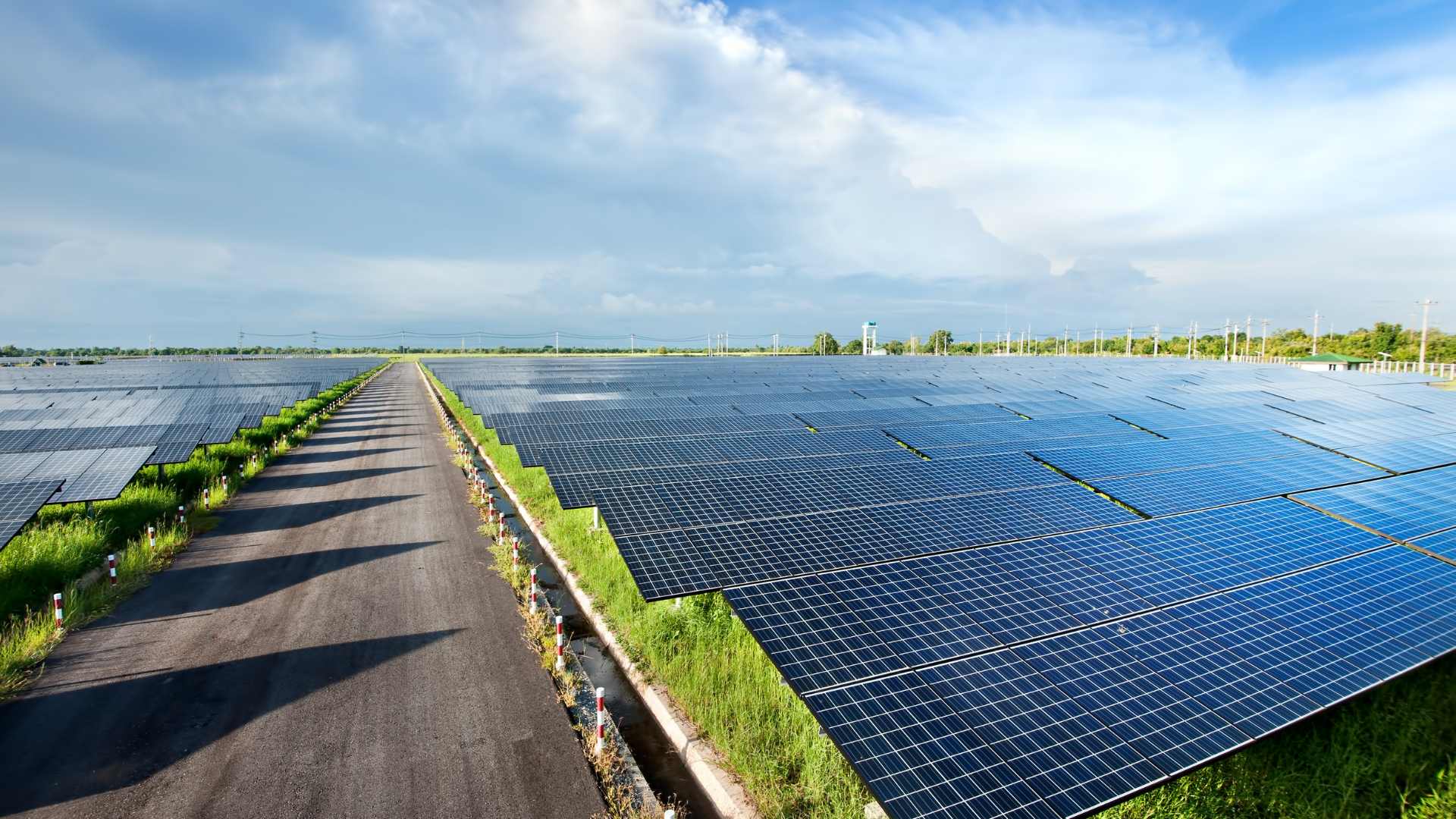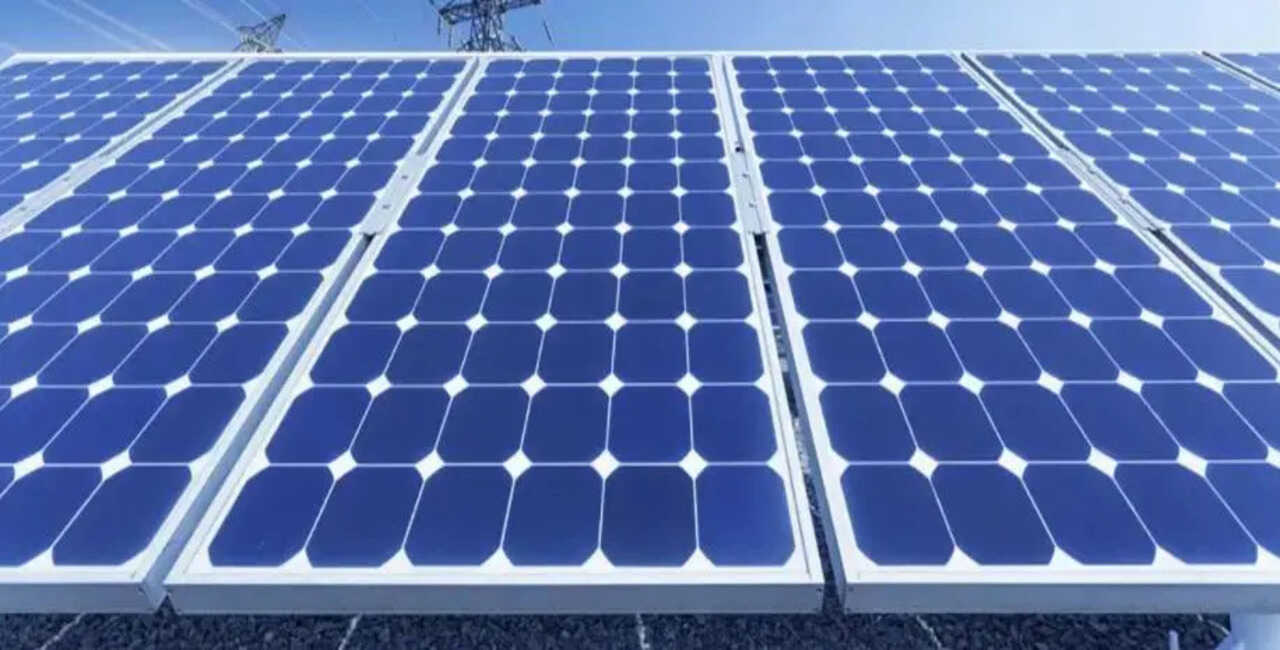How Many Solar Panels Are Needed To Run A Business?

In an era of increased awareness of environmental sustainability and a global drive for greener energy sources, businesses are increasingly turning to solar energy as a critical component of their operational strategy. The sun, a limitless renewable energy source, has become a beacon for businesses seeking a more sustainable and environmentally responsible future. This paradigm shift highlights the rising relevance of solar energy for businesses globally.
Businesses recognize that adopting solar energy is not merely an environmental choice but a strategic decision with far-reaching benefits. Solar power aligns with corporate social responsibility and offers tangible advantages, such as reduced operating costs, energy independence, and a positive impact on brand image. As the world transitions towards a greener economy, businesses leveraging solar energy position themselves as pioneers in the quest for sustainability.
Key Question: How many solar panels do you need for an office?
The number of solar panels for an office varies based on energy consumption and location. As a rough estimate, considering the average residential setup of 20-25 panels (6-7.5 kW), an office might require a system ranging from 10-20 kW or more.
For an office, which generally has higher energy demands than a residential property, a simple estimation could involve scaling up this residential average. Offices often have larger roof spaces, allowing for the installation of a greater number of solar panels. As a rough estimate, an office might require a solar panel system in the range of 10 to 20 kilowatts or more, depending on the size of the office and its energy consumption patterns.
Calculating solar panel needs is critical in the transition to solar energy. It entails a thorough examination of energy requirements, environmental factors, and technological issues. Businesses may ensure a smooth integration that satisfies their energy consumption while increasing efficiency by identifying the appropriate solar panels needed. This deliberate strategy not only improves cost-effectiveness but also helps the overall success and sustainability of the solar energy effort.
As we delve deeper into the realm of solar energy for businesses, the subsequent sections will explore the intricacies of calculating solar panel requirements, the associated costs, and the broader implications for businesses and the environment.
How Do I Calculate How Many Solar Panels I Need?
To navigate the intricate landscape of solar power for your office, let's delve into three critical factors that play a key role in determining your sustainable energy strategy.
1. Annual Electricity Usage
Begin by understanding the nuances of your office's annual electricity usage, measured in kilowatt-hours (kWh). This encompasses the energy consumed by various elements, from lights to air conditioning units, water heaters, and refrigerators. As per the U.S. Energy Information Administration (EIA), the average residential customer used 10,632 kWh in 2021, averaging 886 kWh per month.
2. Production Ratios
Optimize your energy production by grasping the concept of production ratios. This ratio, indicating the estimated energy output (in kWh) of the system size (in W), involves factors like sunlight exposure versus shading. For instance, a 10-kW system in Arizona, producing 14 kWh annually, boasts a production ratio of 1.4. In contrast, a cloudier location like New York might have a ratio of 1.2. Given its complexity, seeking professional advice is recommended for accurate results.
3. Solar Panel Wattage
Consider the wattage of your solar panels to tailor your energy output. Unlike a one-size-fits-all approach, solar panels vary based on projects and energy outputs. Wattage measures a panel's electricity emission, with residential panels typically ranging between 300 and 450 watts. Opting for higher-wattage panels means you'll need fewer panels to meet your energy needs.
The Formula
The formula guiding solar installation experts is straightforward:
System size / Production ratio / Panel wattage = Number of Panels
In a simplified application using our discussed numbers:
Panel count: 11,000 kW / 1.4 / 300
This calculation yields approximately 25–27 panels. However, individual requirements may differ, and the National Renewable Energy Laboratory (NREL) provides a calculator to fine-tune your system size estimation. For a seamless transition to solar energy, consider seeking professional advice to align your solar strategy with the unique energy needs of your office.
Solar Energy for Business: Cost Considerations

Embracing solar energy for your business involves a careful examination of costs and benefits. Here's a comprehensive look at the various aspects you should consider:
Overview of Initial Investment
The initial investment cost for installing solar panels in small to medium-sized businesses, with energy needs ranging from 20 kW to 100 kW, typically falls within the range of $50,000 to $250,000. This estimate covers the comprehensive expenses associated with solar panel installation, including the cost of solar panels, inverters, mounting structures, and professional installation services. In contrast, larger businesses or industrial facilities with energy demands exceeding 100 kW may encounter initial investment costs ranging well into the hundreds of thousands or even millions of dollars. The cost per installed kilowatt tends to decrease for larger systems, reflecting economies of scale in solar panel deployment for substantial energy requirements.
Government Incentives and Tax Benefits
One of the most compelling aspects of transitioning to solar energy is the array of government incentives and tax benefits. Many governments offer financial incentives to businesses adopting renewable energy, such as solar Investment Tax Credits (ITC) and grants. These incentives can significantly offset the initial investment, making solar adoption an economically viable choice for businesses.
Long-term Savings and Return on Investment
Beyond the initial investment, the true allure of solar energy lies in its long-term savings and return on investment (ROI). Solar panels have a relatively low maintenance cost, and once installed, they generate electricity at a predictable rate. This not only leads to reduced reliance on grid power but also results in substantial savings on electricity bills over the lifespan of the solar system. The ROI for solar energy systems is often achieved within a few years, making it a financially prudent choice for businesses committed to sustainability.
How Much Does It Cost To Start A Solar Business?
Starting a solar business involves more than just installing panels. Costs vary based on scale and scope, including permits, infrastructure, equipment, skilled labor, and compliance. The average startup cost ranges from $50,000 to $100,000, contingent on the venture's size. A comprehensive business plan and market understanding are crucial for accurate cost estimates. Entrepreneurs must stay informed about industry dynamics for successful planning and sustainability.
5 Key Factors Affecting Your Solar Panel Quantity
The number of solar panels needed for a solar energy system depends on various factors that influence energy production and consumption. Understanding these factors is crucial for designing an efficient and cost-effective solar power setup. Here are some key factors that influence how many solar panels you need:
- Energy Consumption: The amount of energy your household or business consumes is a fundamental factor. A higher energy consumption will require more solar panels to meet your needs. Analyze your past electricity bills to determine your average daily and monthly consumption.
- Location and Sunlight Availability: The geographical location of your property significantly impacts the amount of sunlight it receives. Areas with more sunlight will generate more solar energy. Consider factors such as latitude, local weather patterns, and shading from nearby buildings or trees.
- Solar Panel Type: The type of solar panel directly influences the number of panels required for your solar energy system. High-efficiency panels generate more power per unit area, potentially reducing the number of panels needed. Factors like monocrystalline, polycrystalline, or thin-film technologies impact efficiency and space requirements, affecting your solar setup's overall design and effectiveness.
- Solar Panel Efficiency: Solar panels come in various efficiencies, which refer to the percentage of sunlight they can convert into electricity. Higher-efficiency panels generally require less space to produce the same amount of power as lower-efficiency ones. However, higher-efficiency panels can be more expensive.
- Roof Size and Layout: Consider the available roof space when determining the orientation and tilt of your solar panels. The physical dimensions of your roof or property limit the number of panels you can install. In cases of limited space, opting for higher efficiency panels or exploring alternatives like ground-mounted systems becomes crucial for optimizing solar energy generation. Additionally, ensure that the orientation and tilt are aligned for maximum sunlight exposure based on your geographical location.
The Ultimate FAQs Compilation

- How Many Solar Panels Are Needed Per Person?
The number of solar panels required per person varies significantly depending on geography, energy use, and panel efficiency. A typical home solar panel system in the United States may require between 15 and 25 solar panels to supply the energy demands of one person.
2. How Much Do Solar Panels Cost?
Solar panel installation allows businesses to reduce energy expenses, achieve environmental goals, and increase competitiveness. Businesses may attract eco-conscious clients and improve their green image by cutting power costs and demonstrating environmental responsibility. Solar power also protects firms from swings in energy prices, ensuring financial stability.
3. What Are The Advantages Of Solar Power For Business?
Solar power benefits businesses by cutting costs, enhancing environmental sustainability, qualifying for tax incentives, providing energy independence, and boosting marketing appeal with a competitive edge.
Conclusion
Ultimately, the amount of solar panels required to run a business is determined by a variety of criteria such as energy usage, geography, and panel efficiency. Conducting a detailed site-specific study is critical for tailoring the solar installation to the business's individual needs, assuring optimal energy output and long-term cost-effectiveness.

